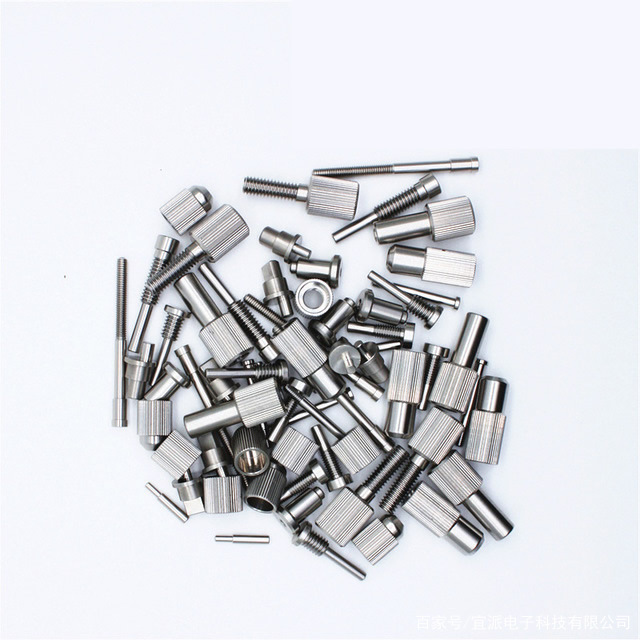With so many manufacturing workshops out there, it is hard to keep track of everything that is required to create a prototype. Sometimes it’s a lot more practical to stick to the basics where everything that is manufactured with plastics or metals demands tooling to get a mold and deliver a finished product created to precision. The reality is that 3D technology plays a significant role in making everything happen with a great deal of accuracy. The issue at the moment is the increasing number of prototyping options available to get the job done given the task we need to handle.

Proof-of-Principle Prototypes
This is the most basic prototyping method and is mostly reserved for first attempts at creating a model of the product. PoP is used to test the features of the products without achieving functionality. This method is used to test manufacturing materials as well as the procedures used to bring the final product to life. PoP can also be used to evaluate the mobile features of any product, as well as the location of interior pieces such as chips or sensors. These prototypes are a great way to notice the parts of the finished designs that need revision.
User-Experience Prototypes
These prototypes are created to be used for their primary purpose and to be tested under substantial supervision at the extent of their capabilities. The product delivered is not final; it still needs aesthetic treatment to be completed. The goal of this prototype is to get an accurate idea of size, articulation, proportions, interface, and the overall review of the finished concept. Most tests obtained with this prototype manage to offer in-depth insight into future performance issues.
Form-of-Study Prototypes
This type of prototypes is all about the look of the piece being developed. Designers will be able to get some ideas regarding the right size of the product. They will also be able to define the final look, given the choice of materials to work with. The final product is also meant to be used to work out the ergonomics that might need revision; It also determines the final form the products should have. FoS prototypes are not durable enough to test them with anything else, so make sure to dispose of them properly after you are done.
Visual Model Prototype
Visual prototypes are created to achieve the exact aesthetic of the product without using the materials that will be used in the production cycle. They simulate all the features of the project as well as the colors, surface, and textures, but they can’t perform the function they are designed for. These prototypes are used to handle marketing research, pre-release visual reviews, and approval from the developer. Sometimes they are used as mock-up pieces for photo shootings.
Functional Model Prototype
The name speaks for itself in this case. These are finished products, and they work as intended in the original designs. They are also created using the original materials to achieve the superficial textures dictated during the design stage. A functional prototype is the final stage of any project development. They are built for approval before going into production. They are expected to perform accordingly.
The original article is from: https://www.nicerapid.com/types-of-prototypes-available-in-the-market-a-279.html
Rapid prototyping, Rapid Tooling, Plastic injection molding is very professional at NICE Rapid, we can provide other services as well, such as CNC Machining, sheet metal, vacuum casting and 3D printing. If you are intersted in our serivces, please contact us at enquiry@nice-rapidtooling.com today!







